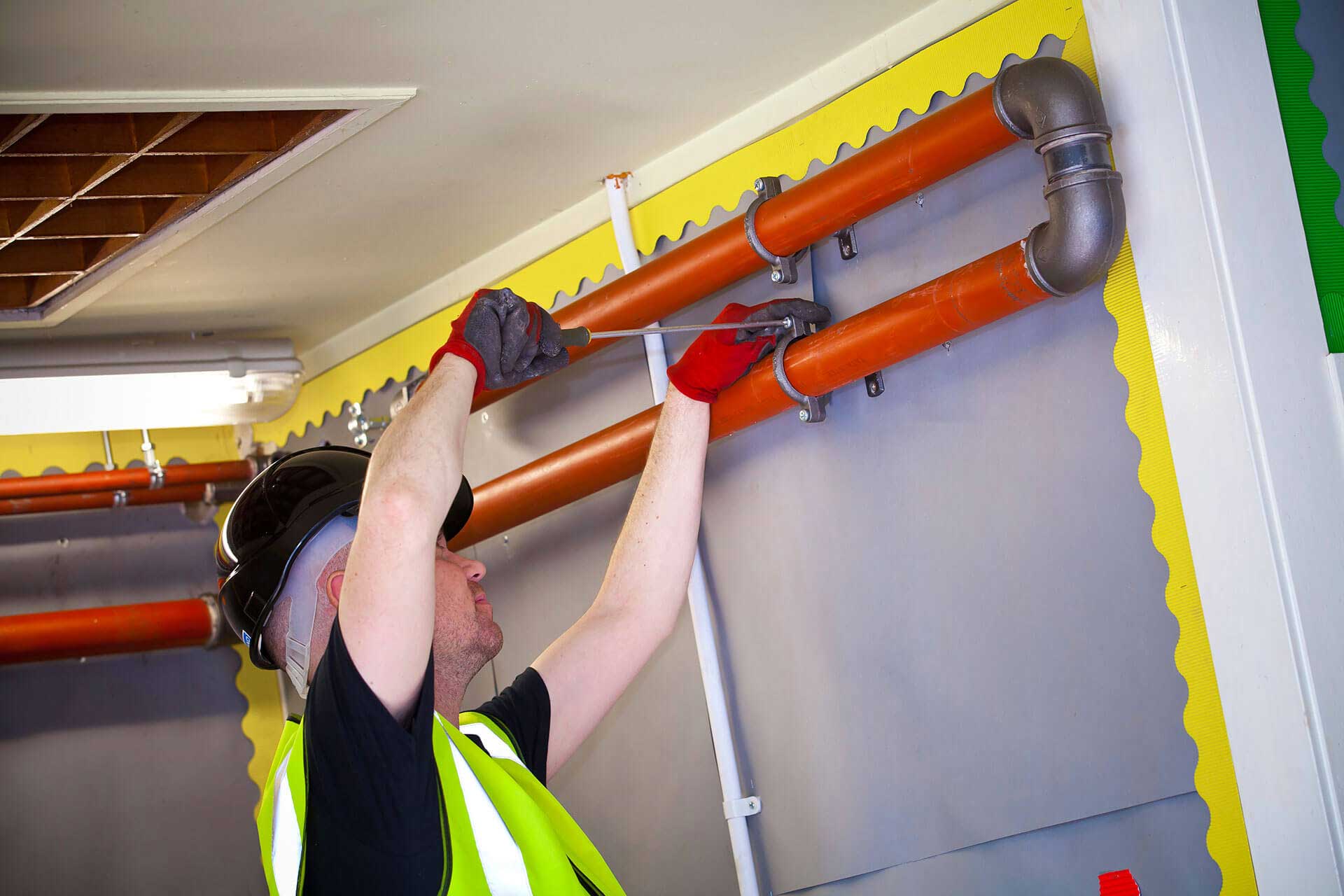Working on a building site during cold and wintry weather presents unique challenges and risks that must be managed effectively to ensure worker safety and productivity. Employers and site workers should take necessary precautions to minimize the risks associated with freezing temperatures, snow, ice, and reduced daylight hours.
KeyRisksofWorkinginColdWeather
Hypothermia and Frostbite – Prolonged exposure to cold temperatures can lead to serious health conditions such as hypothermia and frostbite. Workers must be aware of the symptoms, including shivering, numbness, and confusion.
Slips, Trips, and Falls – Icy surfaces, snow accumulation, and wet conditions increase the risk of slipping and falling. Proper site maintenance is essential to prevent accidents.
Reduced Visibility – Shorter daylight hours and heavy snowfall can affect visibility, making it difficult to navigate the site safely.
Cold Stress – The body uses more energy to stay warm in cold conditions, leading to fatigue and reduced concentration, which can increase the risk of accidents.
PreventativeMeasures
Protective Clothing and Equipment
- Workers should wear insulated, waterproof clothing, gloves, and thermal socks to protect against cold exposure.
- Layered clothing is recommended to trap body heat while allowing flexibility.
- Protective footwear with good traction can help prevent slips on icy surfaces.
Safe Site Management
- Regularly clear snow and ice from walkways, scaffolding, and ladders.
- Apply grit or sand to slippery areas to improve traction.
- Ensure that lighting is adequate in darker conditions to maintain visibility.
- Identify and mark hazardous areas such as frozen water sources and ice patches.
Health and Wellbeing Precautions
- Provide heated shelters or rest areas where workers can warm up during breaks.
- Encourage workers to take regular breaks in warm areas and consume hot drinks to maintain body temperature.
- Monitor workers for signs of cold-related illnesses and ensure first aid provisions are in place.
- Promote good hydration and nutrition to help maintain energy levels.
Equipment and Machinery Safety
- Ensure all machinery and tools are maintained and functioning correctly in cold conditions.
- Use antifreeze in vehicles and machinery to prevent breakdowns.
- Store tools in dry, covered areas to avoid freezing or malfunctioning due to ice buildup.
LegalandRegulatoryConsiderations
Employers have a duty of care under health and safety legislation to protect workers from the risks of cold weather. This includes providing appropriate personal protective equipment (PPE), ensuring site safety, and implementing cold weather risk assessments. Employers should stay up to date with guidance from regulatory bodies such as the Health and Safety Executive (HSE) to remain compliant.
Working in cold and wintry weather requires careful planning and adherence to safety protocols to protect workers from hazards.
By implementing protective measures such as proper clothing, safe site management, and regular health monitoring, building sites can continue to operate efficiently while keeping workers safe during harsh weather conditions.
You can find helpful advice from HSE on keeping people as comfortable as possible when working in the cold.
Our website offers information and guidance including:
- clarity on what the law says about temperature in the workplace
- guidance for working outdoors
- advice on how to protect workers in low temperatures
You can also read the HSE’s guidance on preventing slips and trips in winter weather.






